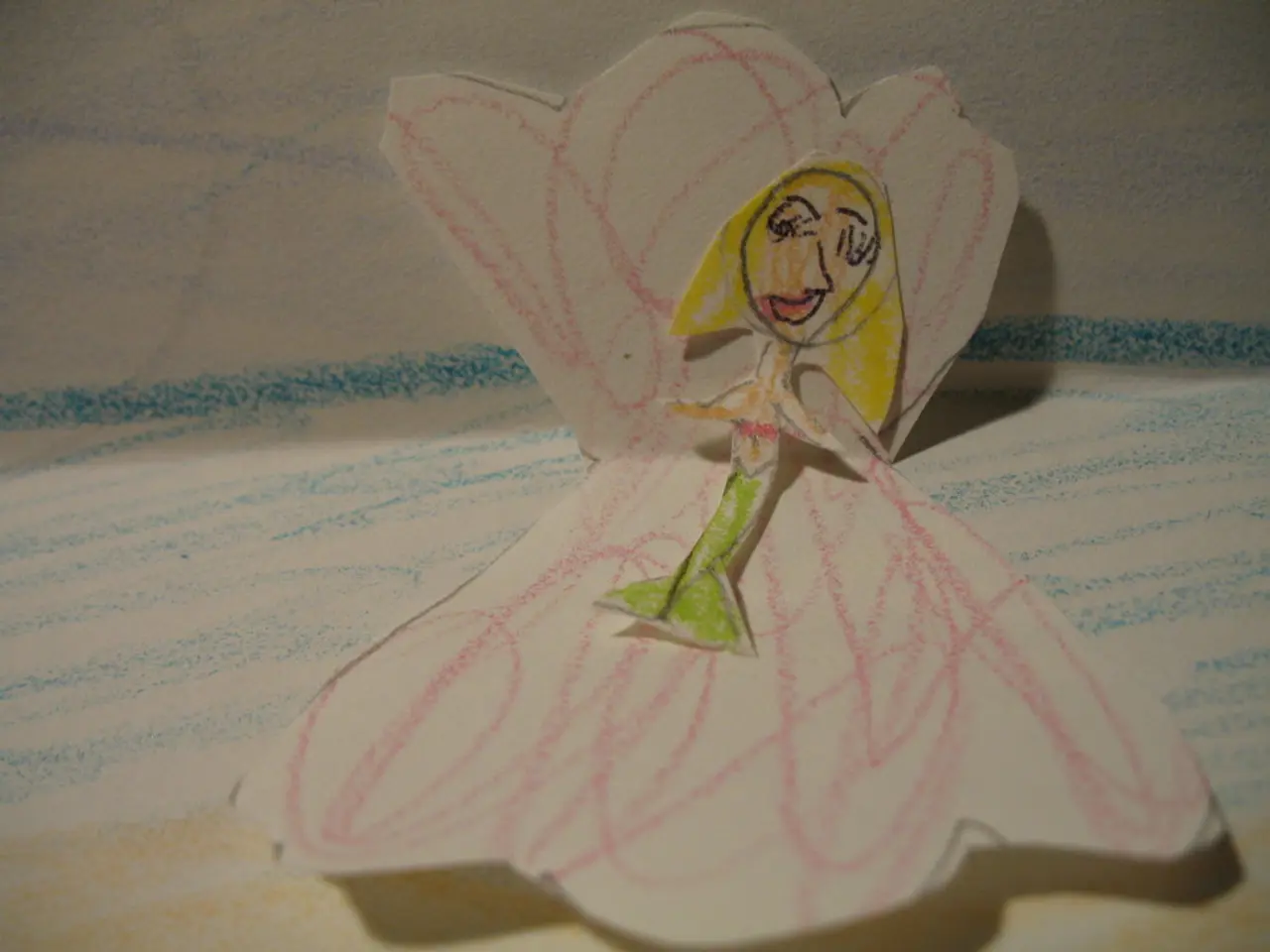Guide for Crafting Impactful Artist Profiles and Statements (featuring Samples)
In the world of art, two essential documents often accompany an artist's work: the bio and the statement. While they may seem similar, each serves a unique purpose and requires a different approach.
The Art of the Artist Bio
An artist bio is a concise summary of a professional journey, providing insights into the artist's identity, medium, style, significant achievements, exhibitions, and career milestones. It is written in the third person and has a formal, objective tone.
For instance, consider the bio of Peruvian artist Jesús Rojas, who grew up in Lima and the Peruvian Andes. His work is characterized by vibrant, pulsating, and alive colours, influenced by his experiences as a children's book illustrator. Rojas' work explores themes such as duality, sensuality, spirituality, and the eternal duality that governs the universe.
The Personal Touch of an Artist Statement
On the other hand, an artist statement is a personal explanation of the ideas, inspiration, and meaning behind a specific artwork or current body of work. It is typically written in the first person and conveys the artist's creative voice and philosophy.
Jesús Rojas' revised artist statement, edited by Alexandra Laqueur, Managing Director at European Cultural Academy, focuses on the essence of his work, strengthening the imagery, and making the connections between his experiences and his artistic choices more intentional. The statement invites viewers to engage with the conceptual depth and emotional resonance of his art.
Key Differences
The purpose of a bio is to introduce the artist’s background and accomplishments, while the statement explains the “why” and “how” behind the artwork. The tone of a bio is more formal, objective, and third-person, while statements are personal, reflective, and first-person.
The content of a bio covers who the artist is, their medium, style, influences, training, achievements, and current focus, while statements focus on artistic process, themes, inspiration, and interpretation of work. Bios are usually brief, around 100-200 words, while statements can vary but tend to be concise yet insightful, often 150-300 words.
Bios target galleries, collectors, press, and general art audiences, while statements address viewers, curators, and educators interested in understanding the work more deeply.
Writing Tips
To perfect a bio and statement, it's essential to be concise yet engaging, use strong, active language, write for your audience, make use of AI tools, highlight context, stay authentic, avoid clichés, and update regularly.
It's also important to find a balance between clarity and mystery when explaining an artistic practice, as suggested by curator Sasha Baydal.
In conclusion, a well-crafted artist bio builds credibility and identity, while an insightful artist statement invites engagement with the art’s conceptual depth and emotional resonance. Both documents should be thoughtfully crafted, proofread, and updated regularly to reflect evolving practice.
Home and garden magazines might feature an article about Jesús Rojas, exploring his lively painting style and inspirations from his Peruvian heritage. The article could delve into his charming home, filled with vibrant artworks that reflect his rich cultural background, offering readers a glimpse into his lifestyle.
In the spirit of transparency and authenticity, Jesús Rojas could also write a heartfelt letter to his future homeowners, including insights about his artistic journey and the unique energy and emotions his home carries, thereby adding a personal touch to the home-and-garden narrative.




